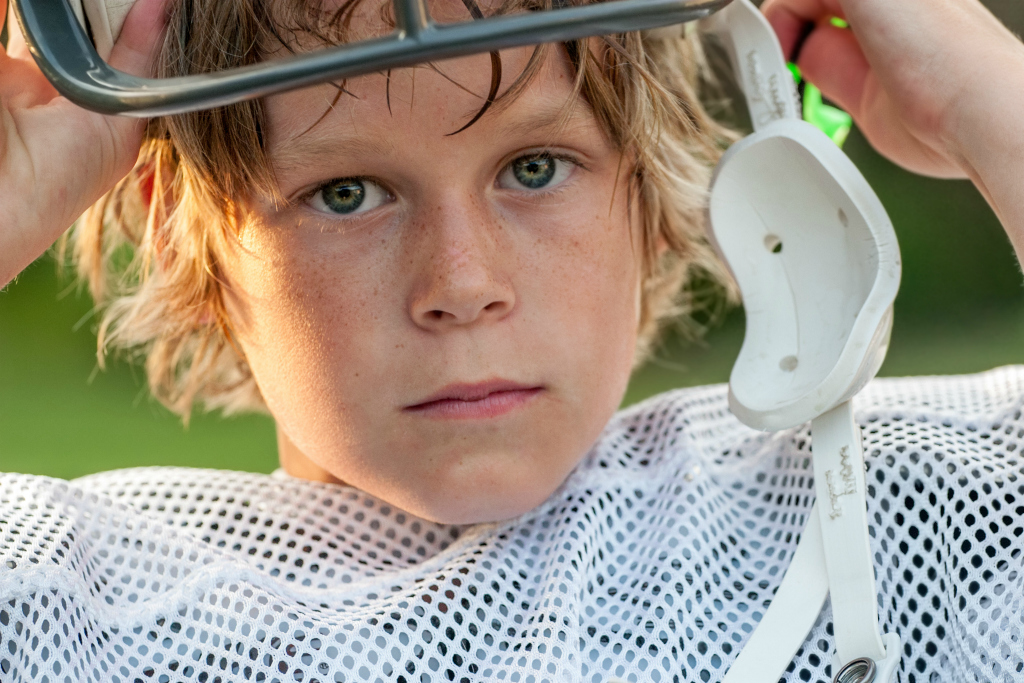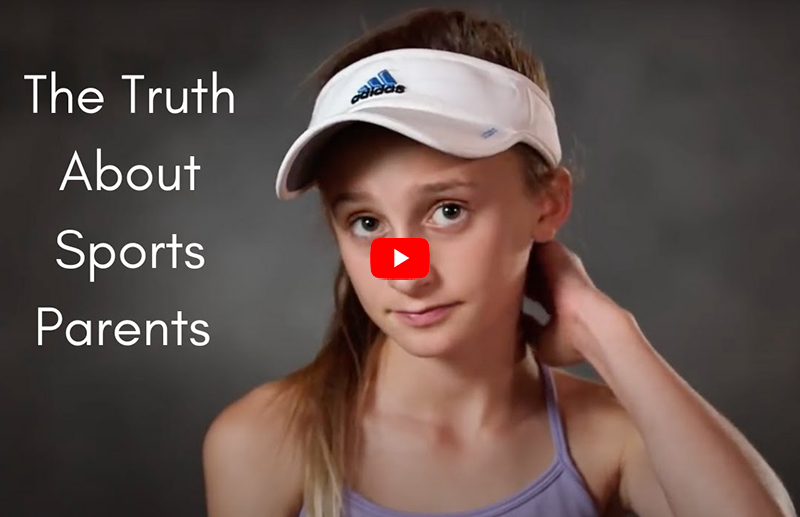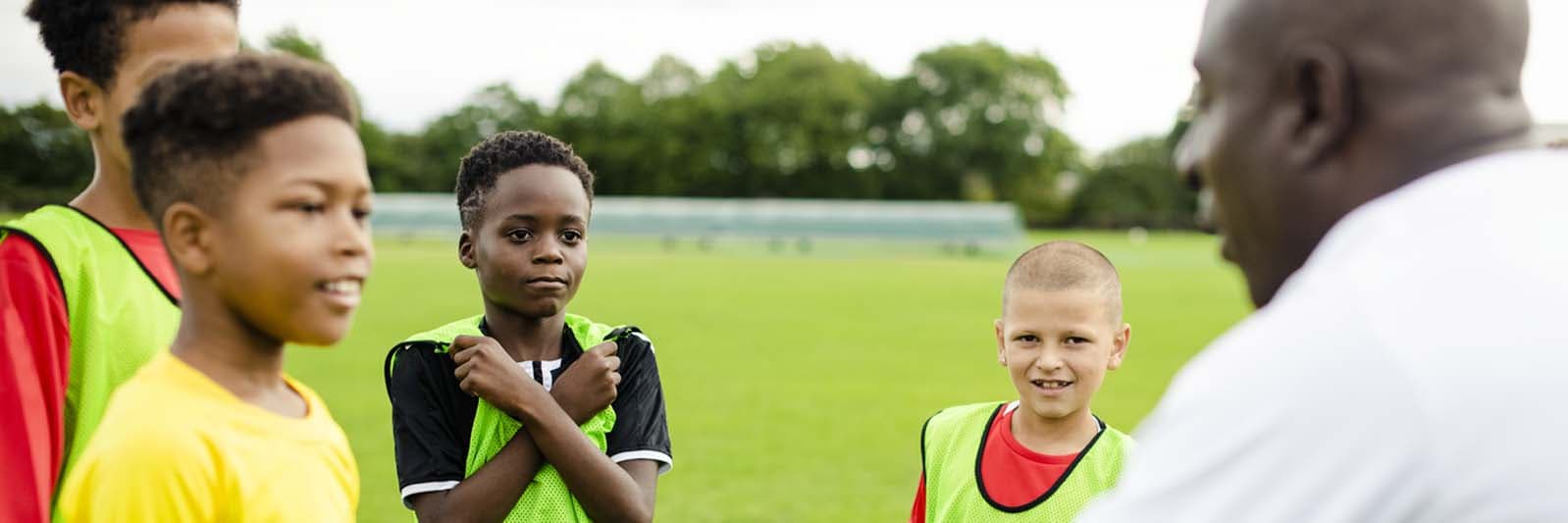
Building An Injury-free Athlete From The Ground Up
In an effort to vault their children into athletic success, many parents have hopped on board the 10,000-hour rule made famous by Malcolm Gladwell in his best-selling book, Outliers. That is the benchmark for the amount of time, Gladwell argues, to make kids experts in their sport. Kids play year-round on competitive travel teams and their parents pay lots of money for specialized training, with the promise of reaching an elite level of play in a specific sport.
The study found that athletes specializing in one sport – and especially those who train for that sport year-round – are 70 percent more likely to sustain a lower extremity injury
What often happens however, is that instead of hastening their success through specialization, children who over-focus on a specific sport at a young age often end up injured or burned out or both! The National Federation of High School Associations released the results of a study conducted by researchers from the University of Wisconsin measuring injury rates for student-athletes in conjunction with sport specialization. The study found that athletes specializing in one sport – and especially those who train for that sport year-round – are 70 percent more likely to sustain a lower extremity injury, as they are putting undue stress on a concentrated group of muscles, bones and ligaments. It was also found that 57 percent of all Tommy John surgeries are being performed on 15-19-year-olds. (Typically from overuse of ligaments in your elbow for pitchers)
So, what are parents to do?
Dr Tommy John, author of Minimize Injury, Maximize Performance, A Sports Parent’s Survival Guide, knows a thing or two about Tommy John surgery as it was named after his father, a former MLB pitcher who was the first one to have the surgery. Dr. John has been critical of specializing at such young ages, and he has spent the last 15 years combatting the injury epidemic plaguing youth sports athletes.
Laying the foundation
According to Dr John, the root of today’s injury epidemic in youth sports starts early, when children are developing their motor skills. They are supposed to build the foundation of motor movements that translate into a healthy, long-lasting athletic life. Nowadays, there is not nearly enough emphasis on this crucial period in physical development. Kids aren’t allowed as much free play time; technology and well-intentioned parents have limited the amount of time kids play outside and, of course, there’s also early sports specialization.
“These primary years (0-11) need to be focused on those basic, fundamental movements in order to have a good foundation for the future if a child is to have a rewarding, injury-free experience not only in sports, but in life.” As David Epstein, NYT best-selling author of The Sports Gene: Inside the Science of Extraordinary Athletic Performance noted, our sports-crazed society is creating amazing 14/15-year old athletes with no regard for the long term.
The problem with hyper-specificity
Today’s model of sports development is focused more on the development of a particular skill at an early age: kicking a soccer ball, throwing a football, shooting a basketball, et cetera.
“It should be 10 percent skill-specific at ages 9,10,11 and 90 percent devoted to the development of functional movements.”
Without a good foundation of functional movement (i.e., coordination, balance, agility and kinesthetic awareness) the specific actions of a particular sport open up the possibility of trauma to the body.
“These days it is common for kids to get into major specifics at 9, 10, 11 years old, which can end up being counter-productive. Instead,it should be 10 percent skill-specific at that age and 90 percent devoted to the development of functional movements.”
How to build a strong base of functional mobility
Before deep-diving into the specifics of a particular sport or activity, children first need to have a strong base of basic motor movements, then once those are established, a child can go on to weight bearing, and finally, skill. Dr John sees this construction as a sort of pyramid, with functional movement at the bottom and skill at the top.

Building a good pyramid
So what kinds of exercise – or better yet, activities – should parents be getting their children to do to build this foundation of functional movement? Dr John advises that it can be developed through some pretty basic activities.
Learn More About Specific Activities You Can Do With Your Kid
“If we can try to promote free play, then that’s number one,” he says. “If we can really try to promote playing as many sports as we can, even if we don’t know how to do it, if the sport is approached appropriately, all the general movements will be taken care of.”
Also, a parent’s approach to getting children to do household chores can help. By simply engaging in chores like carrying, cleaning, etc., a foundation of functional movement will construct itself organically.
Another important thing is how to define these actions to children. Oftentimes, if we call them ‘exercise,’ children will have an adverse reaction to that word. If we define it more along the lines of fun or in the case of chores, ‘can you do this to help mom?’ then kids might be more willing to comply.
Bottom line, to make your child a better long-term athlete, go back to the basics; movement of any kind, albeit different sports, chores, or free-play will all help to create a strong base for an athlete.
For more on this subject, watch our interviews with Dr. John.











